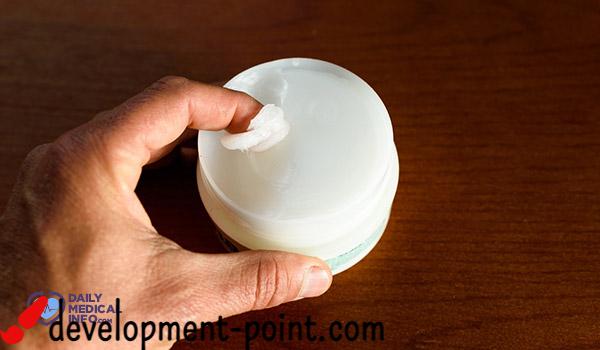Orthodontic elastics, their types and the benefits of using them
Orthodontic elastics are rubber bands that connect orthodontic wires and brackets, to connect the upper jaw to the lower jaw in different positions determined by the dentist. In this article, we will talk about the benefits of orthodontic rubber, its types and indications for use.
The benefit of orthodontic rubber
Orthodontic rubber is used for some cases, which achieves several benefits, some of which are mentioned below:
- Increasing the force that supports the teeth in a specific area of the mouth, such as a back tilted tooth.
- Treatment of problems related to malocclusion of the teeth.
- Adjust the spaces between the teeth.
- Adjust the position of the teeth.
Types of calendar elastics
There are many types of orthodontic rubbers, varying in terms of size and strength used to support teeth, whether light, medium or strong, and the material used, which is divided into two types, the most common rubber in use due to its flexibility and appropriate price, and the other type is synthetic tapes and used when there is an allergy to rubber .
Orthodontic elastics also differ in terms of the purpose of use, and are divided into several types, we mention them as follows:
1. First Classification
Placed horizontally, it can help fill in the spaces between teeth.
2. The second classification
This type is used to connect the teeth to the upper jaw with molars in the lower jaw, to treat the problem of overbite, which causes a space between the upper and lower jaw when biting.
3. Third Classification
This type is used to connect the teeth in the lower jaw to the molars in the upper jaw, to treat the problem of the lower bite, which causes the teeth in the lower jaw to protrude from the teeth in the upper jaw when biting.
4. Vertical type
This type connects the teeth of the upper and lower jaw, to treat the problem of open bite, which causes the upper jaw to mismatch with the lower jaw permanently.
5. Cross type
This type connects the teeth of the upper and lower jaw, and intersects in the front teeth to treat the cross bite of the front teeth.
Duration of use of orthodontic rubber
Not all those who use orthodontics need to use these rubbers, but they are used in some cases that suffer from malocclusion and spaces between the teeth, and the duration of using these rubbers depends on the treatment plan set by the dentist, which may reach weeks or months according to each case separately And these elastics must be changed more than once during the day and this is done in coordination with the dentist.
Is it possible to eat when using orthodontic rubber?
These rubbers are usually used during the day and during sleep, but these rubbers can be removed during eating because it is difficult to use them while eating, taking care to clean the teeth with dental floss and then brushing them after eating and before putting the rubber again.
orthodontic rubber damages
There are some damages that may be caused by the use of these rubbers, including the following:
- Feeling of discomfort because it puts extra pressure on the teeth, especially in the first days of its use, and then gets used to using it after that.
- The emergence of allergic reactions for those who are allergic to rubber, in this case, the other type can be used, which is synthetic tapes.
- These rubbers are easily damaged.
Instructions for using calendar stretchers
There are some guidelines that can be followed, to use these rubbers, which are:
- Take care to follow the instructions of the dentist, to achieve the desired result.
- Ensure that there is an ample amount of these elastics, as you need to change them several times during the day.
- Make sure to brush your teeth with toothpaste after eating, and clean them with floss to remove food residues between the teeth that are difficult to reach using the brush.
- Avoid eating hard-to-chew foods.
Orthodontic rubber alternatives
There are a number of alternatives that the dentist may suggest to use, because the treatment plan varies from person to person, and the following are examples of some of these alternatives:
1. Rubber belts
Rubber belts are rings connected to each other, used to support the strength of the teeth in a specific area of the mouth, and are usually used to adjust the spaces between the teeth, or to close these spaces after tooth extraction or adjust their angle.
2. Orthodontic caps
The dentist sometimes suggests using the so-called orthodontic cap, and this cap is used in the event that traditional orthodontics are not able to support the teeth with the required force, and this cap helps support the teeth strongly from outside the mouth, and the dentist usually recommends wearing it for several hours, so The doctor recommends wearing it while sleeping.
3. Temporary fixing devices
They are screws called small implants, which are installed in the jaw bones, and are used to enhance the function of orthodontics, and add more strength and support to the teeth in a specific area of the mouth, and these screws are removed after the end of the treatment period specified by the dentist.

